ETChash Home Miner Reviews
Etchash (used by Ethereum Classic) lets you mine ETC with compact, power-efficient boxes that can live in a spare room or office. On this page you’ll find quiet picks, how much power they use, how warm they run, and who they fit. We keep each product’s price guidance on its review page so it stays current.
Top Picks (2025)
- Jasminer X16-Q — Best quiet ETC miner
~1.95 GH/s at ~620 W, around ~40 dB. Great balance of speed, noise, and power for homes. - iPollo V1 Mini Classic — Best entry-level ETC
~130 MH/s at ~104 W, desk-friendly, simple web UI. Easy first step into ETC. - Jasminer X44-P — Industrial throughput (read before buying for home)
~23.4 GH/s at ~2.3–2.6 kW, loud fans. Needs ventilation and 240 V in a dedicated space.
What to Expect
- Noise: Quiet ETC units target office-PC levels (around ~40 dB). If you can chat at normal volume nearby, it’s fine for most homes.
- Power & cost: 620 W uses about 14.9 kWh/day (0.62 × 24). At €0.20/kWh, that’s roughly €2.98/day.
- Heat: Every watt becomes heat. 620 W ≈ ~2,115 BTU/h, which feels like steady warm air. Leave a short path for exhaust.
- Algorithm: Etchash is the ETC-focused variant of Ethash. If you’re new to the coin, read the basics of Ethereum Classic and energy usage as kilowatt-hour.
(Exactly 2 external links above.)
Quick Comparison
| Product | Hashrate | Power • Notes |
|---|---|---|
| Jasminer X16-Q | ~1.95 GH/s | ~620 W • ~40 dB • quiet home choice |
| iPollo V1 Mini Classic | ~130 MH/s | ~104 W • desk-friendly • easy setup |
| Jasminer X44-P | ~23.4 GH/s | ~2.3–2.6 kW • loud • dedicated room/240 V |
Detailed efficiency, setup steps, and price guidance live on each review page.
Buying Guide
- Match the space first: Apartments do best with X16-Q (quiet, fast) or V1 Mini Classic (very low power). Save X44-P for a garage or dedicated room.
- Check the bundle: Some listings include a PSU, some don’t. Confirm voltage (100–240 V) and plug type before paying.
- Network choice: Ethernet is best for fewer stale shares. If cabling is hard, use a Wi-Fi→Ethernet bridge near the miner (see our setup guide).
- Price reality: ETC miner prices swing with demand. Use each review page for current price ranges and avoid buying at peaks.
- Heat & placement: Keep the intake clear; don’t close the unit in a cabinet. Short, straight exhaust paths keep noise and temps down.
Setup Guide
- Place & power: Solid surface, open exhaust, grounded outlet.
- Network: Connect Ethernet to your router/switch.
- Find the web page: Check your router’s device list, open the miner’s IP, set a new admin password.
- Pool details: Paste the pool’s stratum address, enter your ETC address and a worker name (e.g.,
HomeBox.1). - Verify: Warm up 5–10 minutes. Watch stale shares (<2–3% is good), temps, and fan speed.
Can I run an ETC miner in an apartment?
Yes—choose Jasminer X16-Q or V1 Mini Classic and give the exhaust a clear path. Noise is closer to a PC than a server.
How much does it cost to run?
Multiply kW × 24 × your €/kWh. Example: 0.62 kW × 24 × €0.20 ≈ €2.98/day. See power examples in each review.
Where can I see prices?
On the product pages—start with X16-Q or V1 Mini Classic for current price guidance.

